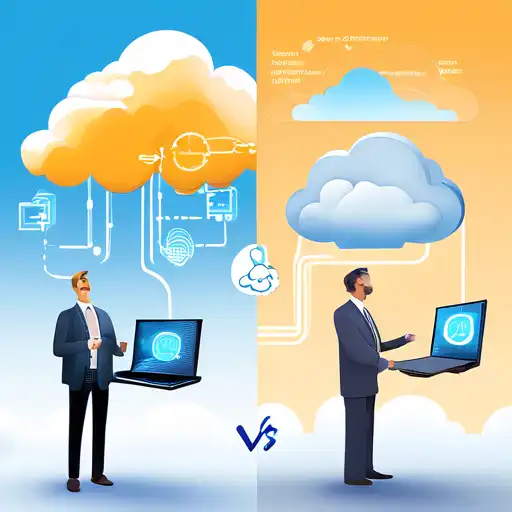Introduction to Edge and Cloud Computing
In the rapidly evolving world of technology, understanding the differences between edge computing and cloud computing is crucial for businesses and individuals alike. Both technologies play pivotal roles in data processing and storage, but they cater to different needs and scenarios.
What is Edge Computing?
Edge computing refers to the processing of data near the source of data generation, rather than relying on a centralized data-processing warehouse. This approach minimizes latency, reduces bandwidth use, and enhances real-time data processing capabilities.
What is Cloud Computing?
Cloud computing, on the other hand, involves the delivery of computing services—including servers, storage, databases, networking, software—over the internet ('the cloud') to offer faster innovation, flexible resources, and economies of scale.
Key Differences Between Edge and Cloud Computing
- Latency: Edge computing significantly reduces latency by processing data closer to the source, whereas cloud computing may introduce delays due to data traveling to and from centralized servers.
- Bandwidth: By processing data locally, edge computing reduces the need for constant high-bandwidth connections, unlike cloud computing which relies heavily on internet bandwidth.
- Data Sovereignty: Edge computing allows for data to be processed and stored within the same geographical location, addressing data sovereignty concerns that are often a challenge with cloud computing.
- Scalability: Cloud computing offers unparalleled scalability options, enabling businesses to easily scale up or down based on demand, a feature that is more constrained in edge computing setups.
Choosing Between Edge and Cloud Computing
The choice between edge and cloud computing depends on specific business needs, including the importance of latency, bandwidth availability, data sovereignty requirements, and scalability needs. In many cases, a hybrid approach that leverages both technologies may be the most effective solution.
Future Trends
As the Internet of Things (IoT) continues to expand, the demand for edge computing is expected to grow, complementing cloud computing to create more efficient, responsive, and scalable systems. Businesses should stay informed about these trends to make strategic decisions about their computing infrastructure.
For more insights into technology trends, explore our technology trends section.
